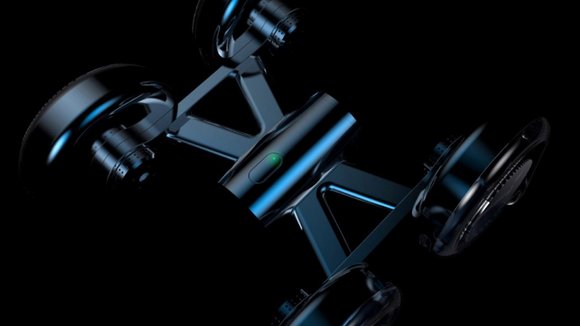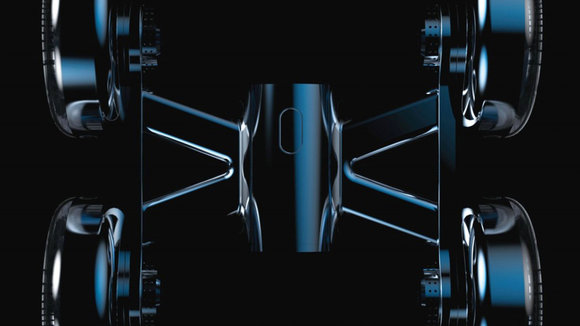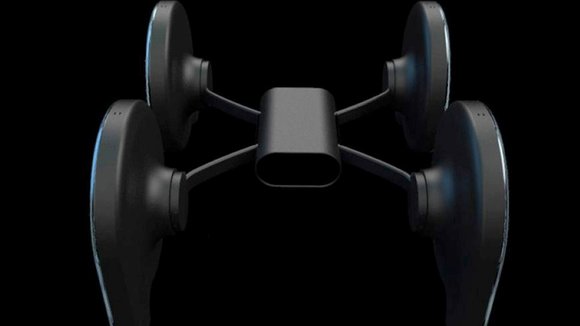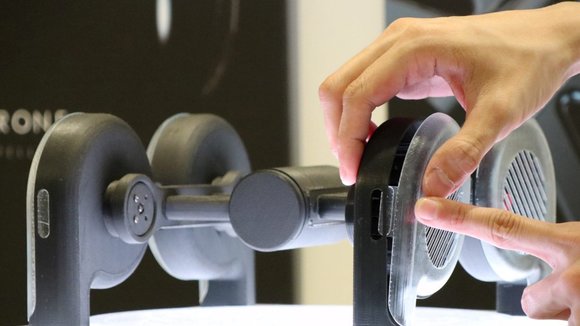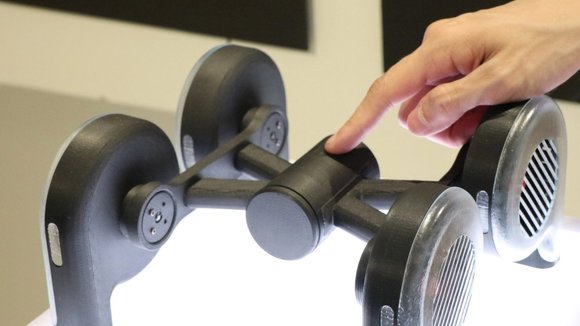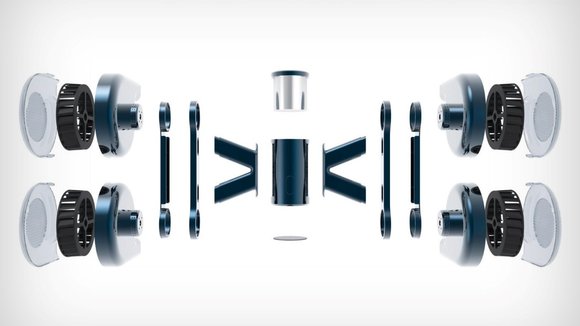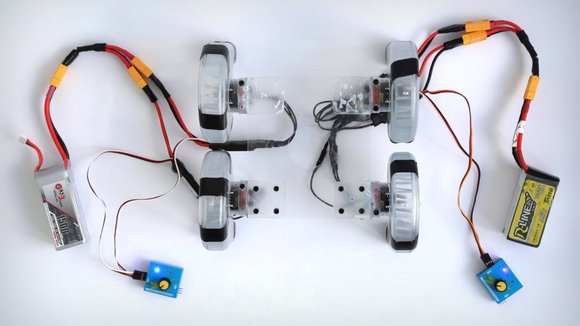1/8
Meet the drone that flies without propellers
Every drone on the market (or even a DIY one) has one iconic detail. The propeller that gives it vertical lift-off. The propeller is pretty much the most important part of the drone, but it’s also the most vulnerable. The minute even one propeller snags a tree branch or catches the corner of a building, the drone plummets downwards and begins flailing around like an injured bird. To overcome this, some drones come with propeller guards. Other, more advanced drones come with obstacle detection and collision avoidance technology… but RCA student Marcus Kung may have the most creative solution yet. Ditch the propellers altogether.
Marcus Kung’s Impeller Drone sort of gives away the secret in the name itself. Rather than using an axial fan, or a propeller, Kung’s drone uses centrifugal fans, or impellers. The kind found in leaf blowers and hair dryers, impellers pull air from the back and instead of pushing it out the front like a regular fan, push the air out sideways. The Impeller Drone, therefore, uses centrifugal fans arranged the way wheels on a car are. The air is pulled from the sides, and pushed downwards, thanks to the housing around the fan that directs the air-flow. The housing additionally protects the impeller from making contact with anything outside, and the air inlet itself remains guarded by a grill.
The advantages of an impeller setup are that your drone is much safer from object collision and irreversible damage to crucial components. The impeller housing also allows air to be pushed out with more force through the outlet, allowing drones to fly higher with lesser power. The only disadvantage is that just like a leaf-blower or a hairdryer, the Impeller Drone is going to make a great deal of noise… but that’s just a small price to pay for a drone that’s more robust and sturdy, right?
Designer:
Click here for YD’s
.
发布于2019-02-27
设计师
Marcus Kung
颜色
相关推荐
